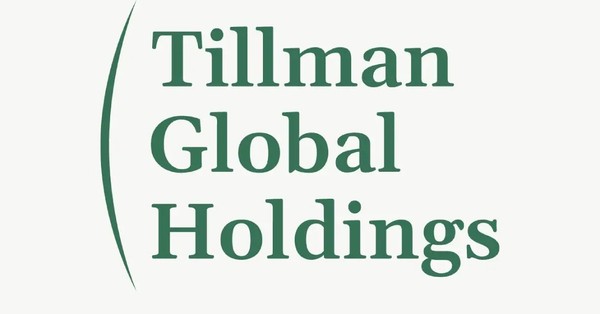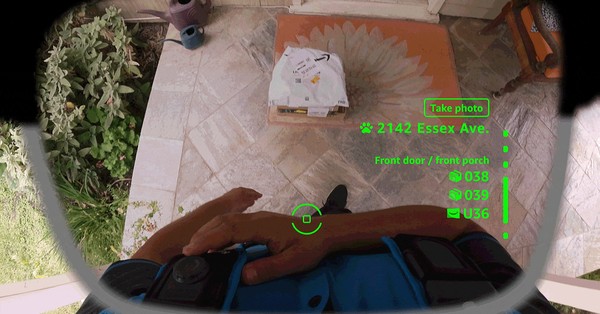- Tech News & Insight
- October 27, 2025
- Hema Kadia
Verizon signed a commercial agreement with Eaton Fiber, an affiliate of Tillman Global Holdings, to extend fiber-to-the-premises service well beyond its current Fios footprint and the locations it expects to add through its planned Frontier deal. The structure is straightforward. Eaton Fiber will fund, build, and operate the local access




































